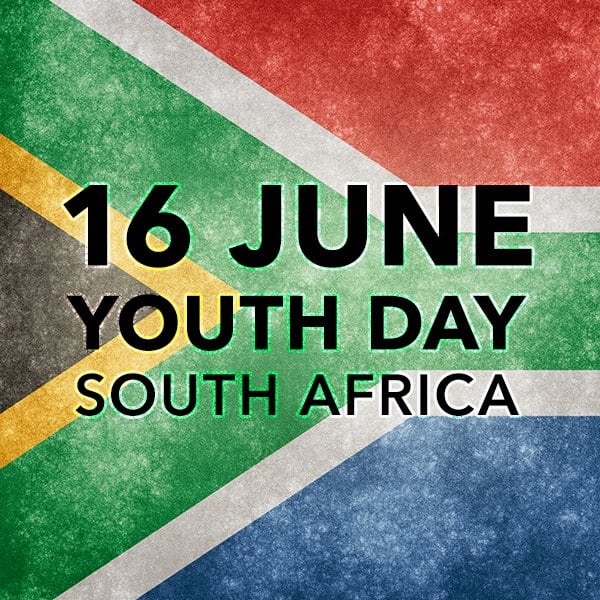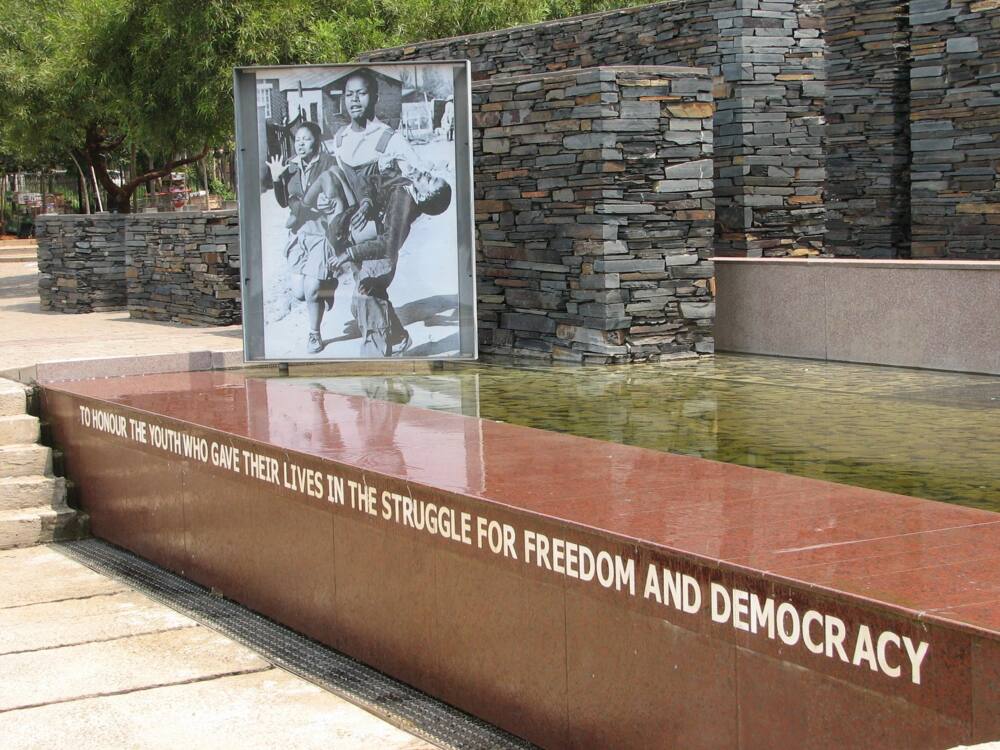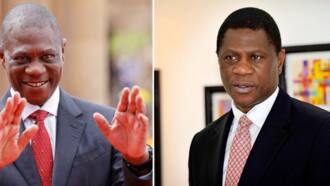Youth Day South Africa 2021: Why do we celebrate this day?
Youth Day South Africa happens yearly on June 16. Why do South Africans celebrate Youth Day? The public holiday is an honour to Mzansi's young adults who opposed the apartheid regime and helped the country attain independence. Colonialists killed and jailed many Black young people during the 1976 Soweto Uprising. So, what did the youth of 1976 fight for?

Source: Facebook
What happened on 16 June Youth Day? On June 16 1976, more than 20,000 African students skipped school. They met at Soweto’s Orlando stadium to protest against the White government's education laws that oppressing them (African students). Many Black children lost their lives in the demonstrations.
South Africa's Youth Day history
What is the history of Youth Day? Tension rose in Mzansi years after the government enacted the Bantu Education Act in 1953. The law ended missionary schooling for African children and codified segregated schools. Furthermore, it supported a racist curriculum that moulded Black children into manual labourers to serve the ruling class.

Read also
NPA provisionally withdraws case against 4 men accused of Hillary Gardee’s murder, witnesses refuse to testify
Things blew out of proportion when the colonialists laid down the 1974 Afrikaans Medium Decree that forced Black students to learn Afrikaans. The government wanted Afrikaans and English to be mandatory instructional languages in Black township schools where White students were minorities. Africans did not take it kindly because they considered Afrikaans as the "oppressor's language."
The Soweto Uprising
Soweto students held peaceful demonstrations on 16 June 1976. They defied the police's orders to stop marching to Orlando Stadium. Chaos erupted when the police unleashed a dog and tear-gassed the protestors. The dog died in the riots as students scattered in all directions. The police began firing gunshots at the crowd amid the confusion.
Who died on 16 June 1976?
Mbuyisa Makhubo took Hector Pieterson's body to a nearby clinic after police shot him. 15-year-old Hastings Ndlovu also died on the same day. Photographer Sam Nzima of The World newspaper captured Mbuyisa and Hector's sister carrying the 12-year-old's body. The image evoked sadness in millions of souls worldwide.

Source: Facebook
The protests intensified with police opening more fire while the demonstrators poured their anger on public properties. They vandalized anything related to the apartheid government, beginning from beer halls, vehicles to buildings. The government officially stated that the police killed twenty-three students. However, hospitals later estimated that 176 to 700 young adults died.
Soweto Uprising's consequences
The entire country plunged into violence. Affected business tycoon forced the government to ban liberation movements. However, some anti-apartheid political organizations like African National Congress (ANC) and Pan Africanist Congress (PAC) discretely recruited young adults and gave their military training.
The military camps were in Botswana, Swaziland, Angola, Mozambique, and Tanzania. Therefore, the parties illegally sneaked the young people outside the country and brought them back as guerrilla fighters to attack the White government. Many anti-apartheid activists and juveniles were arrested and jailed. The activists later got international support that pressured the colonial government to do away with racist laws.

Read also
Paul Mashaitle to address poor service delivery during nationwide travels, Mzansi sceptical
Top 5 facts about Youth Day in South Africa
Countries worldwide celebrate Youth Day. However, Mzansi's June 16 holiday is unique because of what it symbolizes. It inspires the government to enact strict human rights laws that prohibit racism, oppression, and discrimination. Here are vital facts about Mzansi's 16 June holiday:
1. ANC supporters initially called in Soweto Day. However, the government changed it to Youth Day during Nelson Mandela's regime.
2. Mandela officially declared Youth Day a public holiday in 1994.

Source: Facebook
3. Hector Pieterson, the schoolboy the police killed in the Soweto Uprising protests, internationally symbolizes the consequences of oppression. Hector Pieterson Memorial Museum is in Orlando West in Soweto.
4. Mzansi's states celebrated Youth Day on different days. The government made June 16 the official date, and the UN selected August 12 as the International Youth Day.
5. June 16 2021 is Soweto Uprisings' 45th anniversary since the incident happened. The National Youth Development Agency (NYDA) yearly acknowledges the day through its Youth Action for Economic Freedom in Our Lifetime program.

Read also
Ronald Lamola appealing UAE’s decision to dismiss Gupta brothers' extradition to SA, brothers set to stay there
Appreciate Youth Day South Africa by embracing sacrifice and martyrdom like those who died for this country. Build a non-racial society and support young adults because the country needs these change agents.
READ ALSO: Public and private school holidays and school calendar 2021
The Department of Basic Education annually shares an updated academic calendar. Government and private schools' academic calendars slightly differ in Mzansi. For example, public schools have four terms, while private schools have three to four terms per academic year.
Briefly.co.za shared crucial knowledge about public and private school holidays and school calendar 2021. Mzansi is always halfway through the current academic year. Therefore, please review the academic calendar for guidance if you need to change your child's school. The calendar is also essential for foreigners who want to enrol their children in South African schools.
Source: Briefly News

